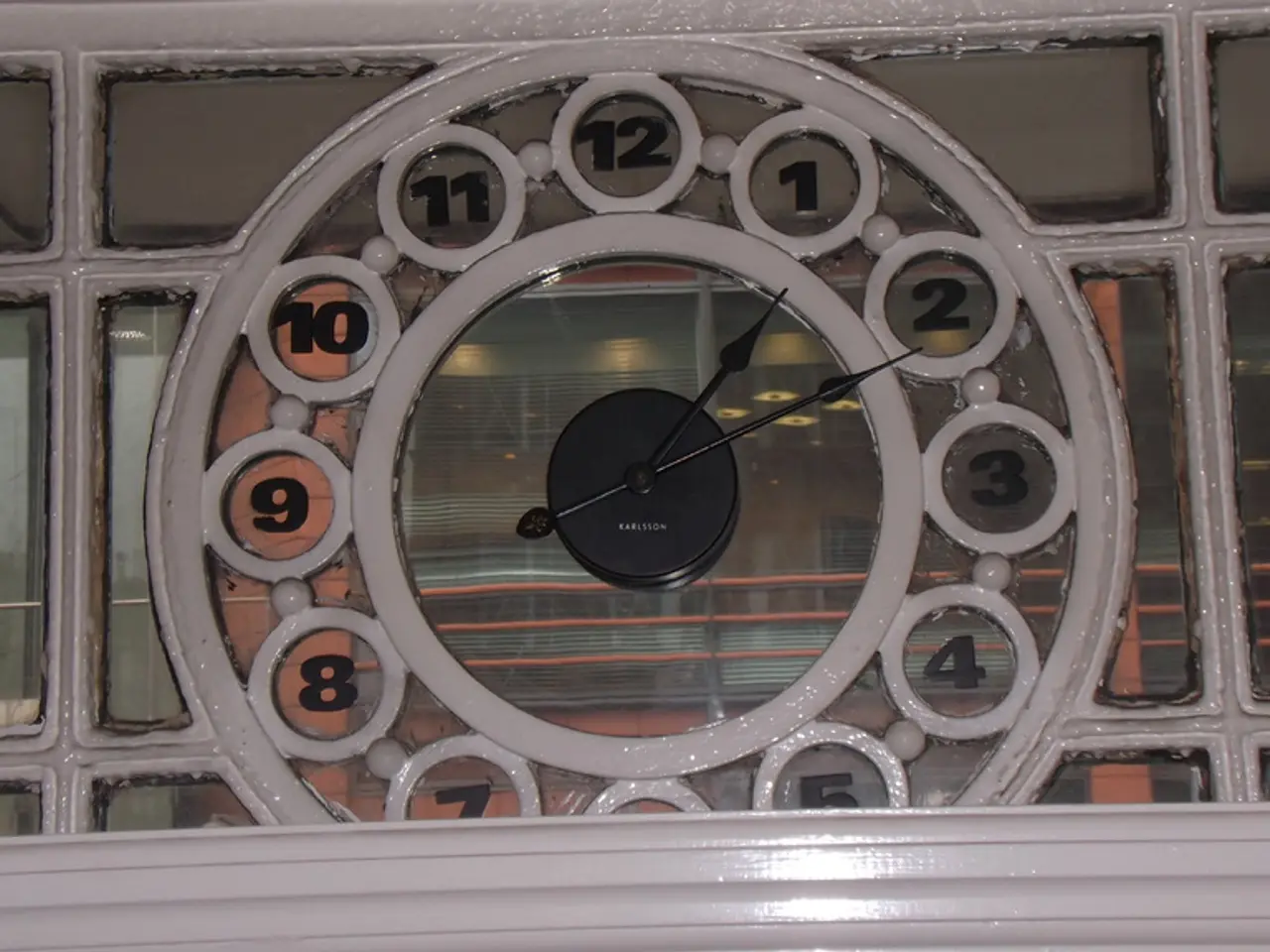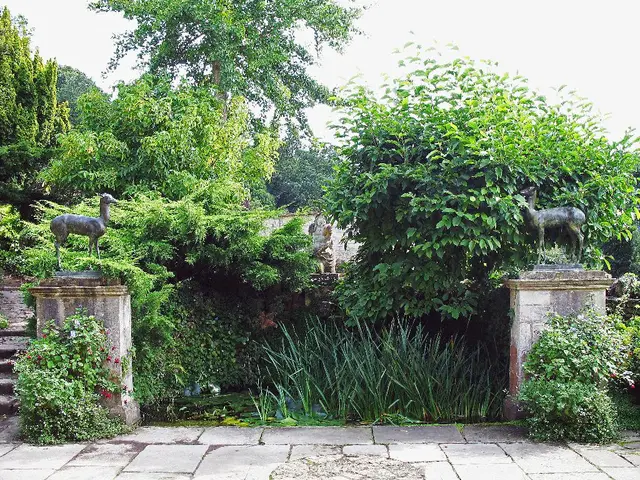Restoration of the E. Ingraham Grecian Watch Case and Dial
In early January 2021, a neoclassical E. Ingraham Grecian 8-day shelf clock was purchased from a location in Nova Scotia. This antique timepiece, over a century old, needed some tender loving care to restore its original charm.
The first step in the restoration process was to remove dirt and grime from the wooden case and dial. A soft, dry brush or microfiber cloth was used to gently remove loose dust and dirt. For stubborn grime, a lightly dampened cloth was used, but care was taken to avoid soaking any wood or the clock face.
Next, a mild solution of warm water and gentle soap (like a few drops of dish soap) was prepared. A soft cloth was dampened with the solution, wringed out well, and carefully used to wipe the wooden surfaces. Avoiding excess moisture, especially near joints or movement openings, was crucial to prevent water damage. The wooden surfaces were then immediately dried with a clean cloth.
Once the wood was clean and dry, the finish was restored with shellac, a traditional wood finish compatible with antiques. The surface was lightly sanded with fine (0000) steel wool or very fine sandpaper to smooth and prepare it. Shellac was then applied in thin, even coats using a natural bristle brush or a lint-free cloth, allowing each coat to dry fully before applying the next. Typically, 2-3 coats sufficed. Shellac gives a warm, lustrous finish and also protects the wood.
The dial of the clock was off-center and had two broken tabs securing it to the brass bezel. The numerals on the dial were in-painted, and the dial was generally in good condition, except for losses outside the chapter ring. The dial was carefully removed, repaired, and reattached during the restoration process.
The clock's case and dial restoration process was completed, but the movement of the clock will be serviced in a future post. It is important to note that harsh chemicals or scrubbing should be avoided as they could damage original paint or gilding. For the clock movement, it is advisable to have a professional clockmaker service the mechanism. If unsure about shellac, testing it on a small hidden area first is recommended.
This process respects the antique nature of the Grecian shelf clock by cleaning gently and restoring a traditional finish with shellac, which was commonly used in the period and complements the neoclassical style. Handling the clock with care and respecting its historic finish and mechanism ensures that this beautiful piece of history can continue to tick away for many more years.
The restored clock, now gleaming with its original charm, is a testament to the fashionable lifestyle that incorporates vintage clocks in contemporary home-and-garden settings. With the sensitive use of shellac and gentle cleaning techniques, this 8-day E. Ingraham Grecian clock stands as a timeless symbol, ready to grace the home-and-garden scene for years to come.



